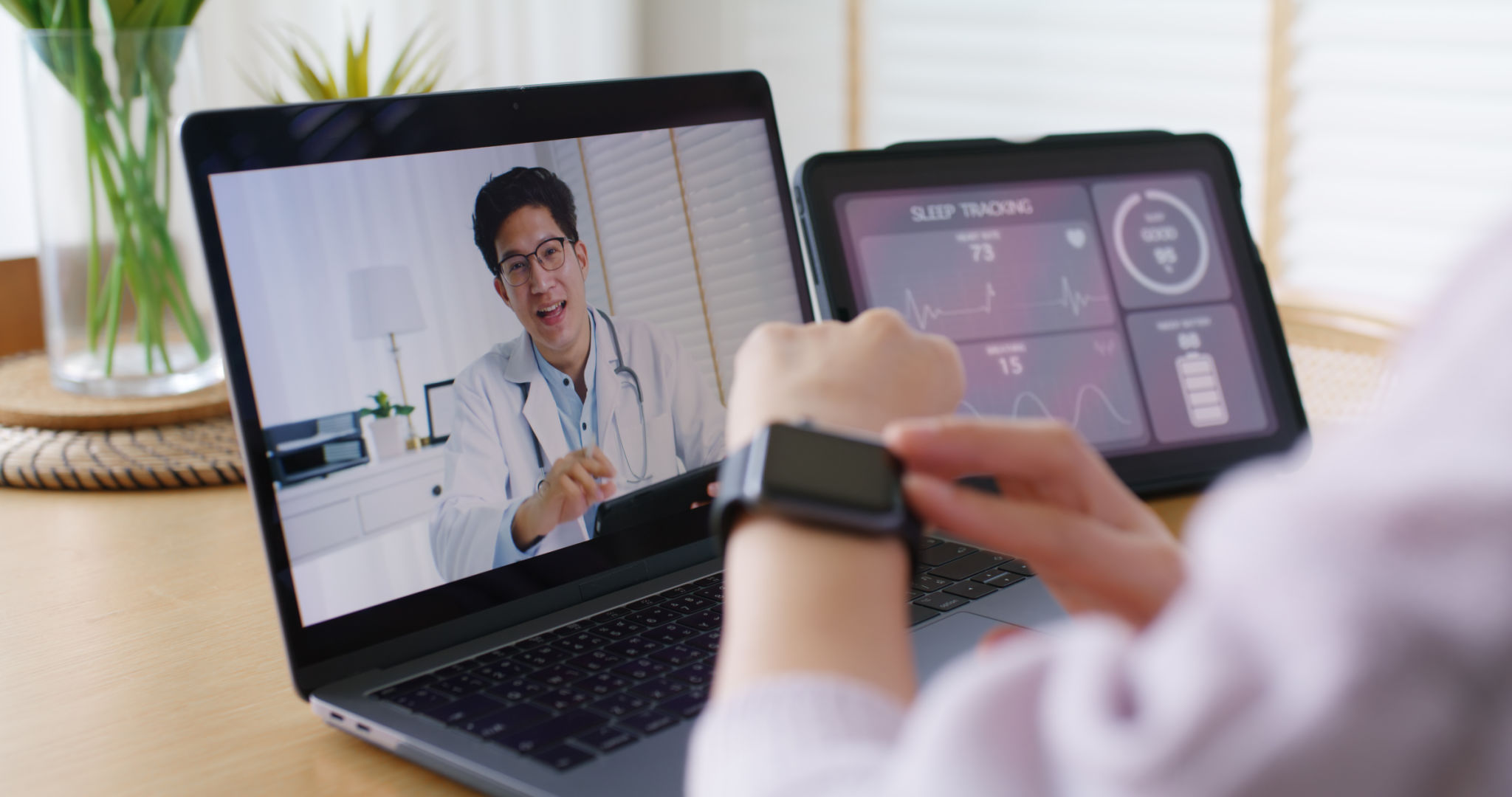Top AI Trends Revolutionizing the Telehealth Industry Today
Introduction to AI in Telehealth
The integration of Artificial Intelligence (AI) in the telehealth industry has brought about transformative changes, enhancing patient care and streamlining healthcare processes. With advancements in AI technology, telehealth services are becoming more efficient, accessible, and personalized. This blog post explores the top AI trends revolutionizing the telehealth industry today.

AI-Powered Diagnostics
One of the most promising applications of AI in telehealth is its use in diagnostics. AI algorithms can analyze medical data such as imaging scans, lab results, and patient histories to assist healthcare professionals in diagnosing conditions more accurately and quickly. This capability not only speeds up the diagnostic process but also reduces the margin for error, ensuring patients receive timely and appropriate treatment.
Enhanced Image Analysis
AI-driven image analysis tools are capable of detecting anomalies in X-rays, MRIs, and CT scans with remarkable precision. These tools can identify patterns that might be missed by human eyes, leading to early detection of diseases such as cancer. By augmenting the diagnostic capabilities of healthcare professionals, AI is playing a crucial role in improving patient outcomes.

Virtual Health Assistants
Virtual health assistants powered by AI are becoming increasingly popular in the telehealth space. These digital assistants interact with patients through chatbots or voice interfaces, providing them with medical information, appointment scheduling, and even symptom checking. By automating routine tasks, virtual health assistants free up healthcare providers to focus on more complex patient needs.
Personalized Patient Engagement
AI enables personalized patient engagement by analyzing individual health data to deliver customized recommendations and reminders. This personalized approach encourages patients to take a proactive role in managing their health, leading to better adherence to treatment plans and improved health outcomes.

Remote Patient Monitoring
Remote patient monitoring (RPM) is another area where AI is making significant strides. AI-powered RPM systems collect and analyze data from wearable devices and sensors to monitor patients' health conditions continuously. This real-time data enables healthcare providers to detect any changes in a patient's condition early and intervene promptly.
Predictive Analytics for Preventive Care
With the help of predictive analytics, AI can identify potential health risks before they become critical. By analyzing patterns and trends in patient data, AI systems can alert healthcare providers to potential issues, allowing for preventive measures to be taken. This proactive approach not only improves patient care but also reduces healthcare costs by preventing hospitalizations.

Conclusion
The ongoing advancements in AI technology are reshaping the telehealth industry, making healthcare more efficient, personalized, and accessible. From diagnostics to virtual assistants and remote monitoring, AI is transforming how healthcare is delivered and experienced. As these technologies continue to evolve, they hold the promise of further revolutionizing the telehealth landscape, ultimately leading to improved patient outcomes and a more sustainable healthcare system.